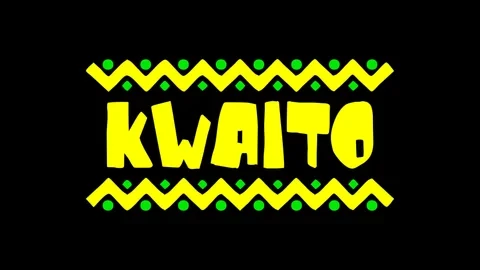
THE sun scorches mercilessly Zimbabwe’s dusty landscape, baking fields that should be bursting with life into a barren expanse of despair.
In Zvimba, what were once rows of vibrant maize stalks now stand limp and defeated, their leaves drooping like weary travellers in the relentless heat.
This is the grim reality of the drought that has gripped the nation, its harsh claws sinking deep into the heart of Zimbabwe’s agricultural lifeblood.
Across the country, farmers watch helplessly as their crops wither under the scorching sun.
Rain, a life-giving elixir, has become a distant memory.
A month has passed without a drop falling from the sky in many areas, leaving only cracked earth and the parched sighs of despair.
“I’ve been farming for 20 years,” says Muchineripi Tsunga (69), her weathered face etched with worry as she surveys her wilting maize field.
“This is one of the worst droughts I’ve ever seen. Last season’s harvest was poor and now we don’t know what we will eat.”
- News In Depth: ‘Looting, neglect’: Dirty fight over CSC ranches, properties exposed
- News In Depth: ‘Looting, neglect’: Dirty fight over CSC ranches, properties exposed
- Dump this 99-year lease nonsense
- High inputs prices worry farmers
Keep Reading
Tsunga’s story is far from unique.
Millions of Zimbabweans rely on agriculture for their livelihoods and sustenance.
Yet, the drought threatens to break the back of an already fragile food system.
The World Food Programme warns that nearly eight million people in Zimbabwe face hunger, a number that could rise if the rains do not come soon.
Lands, Agriculture, Fisheries, Water and Rural Development minister Anxious Masuka acknowledges that drought is now inevitable.
“We meet for our monthly interactive meeting with Ministers of State for Provincial Affairs and Devolution and the topical issue is the current El Niño-induced drought. We get reports from across the country where the crop situation is indicated to be ranging from fair to dire,” Masuka says.
“This season has clearly lived up to the very harsh El Niño phenomenon that was forecasted. We did say that the season will be delayed, but it has also been indicated that the phenomenon will be short and sharp. The current weather models are not indicating rain until the end of the month and our crops by that stage would have been severely stressed.”
The Famine Early Warning Systems Networks (FewsNet) has warned that the El Niño-induced drought will likely have severe economic repercussions on southern African countries, with Zimbabwe and Malawi being the most affected.
The impact stretches beyond individual farms and hungry stomachs. The drought has crippled the national economy, heavily reliant on agriculture.
From job losses to reduced exports, the ripple effects are felt everywhere.
“The negative impacts of the El Niño during the 2023/24 rainy season, including low labour opportunities and high food prices, are expected to offset any recent improvements from declining inflation,” says FewsNet’s food security analyst Madeline Murphree.
“Meanwhile, other hazards in the region are also contributing to food assistance needs, including conflict in the Democratic Republic of Congo and Mozambique.”
The rainfall deficits will likely result in below-average 2024 harvests, including in surplus-producing South Africa and Zambia.
Overall, it is estimated that over 20 million people will be in need of food assistance during the January-to-March 2024 peak of the lean season.
Furthermore, the expected below-average 2024 harvests will be exhausted earlier than usual, leading to comparably high food assistance needs at the start of the following lean season in late 2024 and signalling even higher needs when the lean season peaks in early 2025.
Deficit-producing areas of Zimbabwe, southern Malawi, southern and central Mozambique, and southern Madagascar are of highest concern.
“Governments, donors, humanitarian partners and other stakeholders should prepare for high food assistance needs through to early 2025,” Murphree says.
The below-average rainfall and harvests are expected to have a significant impact on food security in southern Africa.
The most vulnerable populations, including poor households, women and children, are likely to be disproportionately affected.
“We are particularly concerned about the impact on children, who are already more vulnerable to malnutrition,” Murphree says.
“Malnutrition can have a long-term impact on children’s physical and cognitive development.”
She urges governments to take urgent action.
“The El Niño event is a major threat to food security and livelihoods in Southern Africa,” Murphree says.
“We urge governments, donors and humanitarian partners to take urgent action to mitigate the impacts of the drought and protect the most vulnerable populations.”











